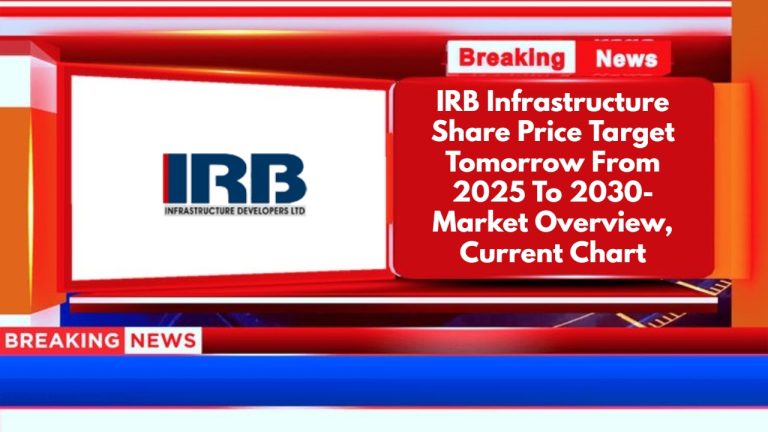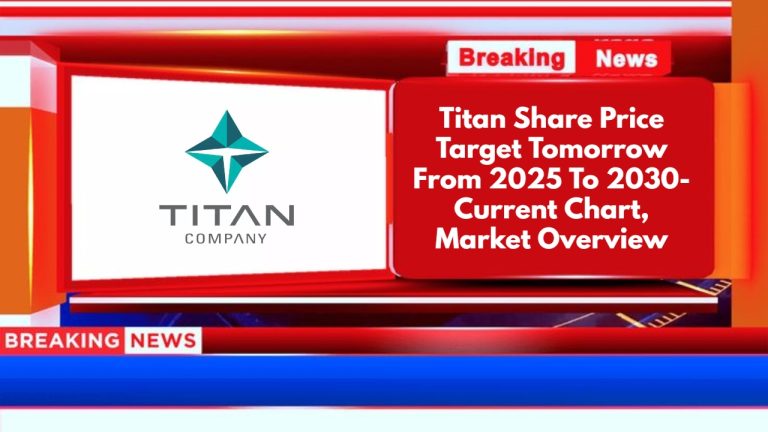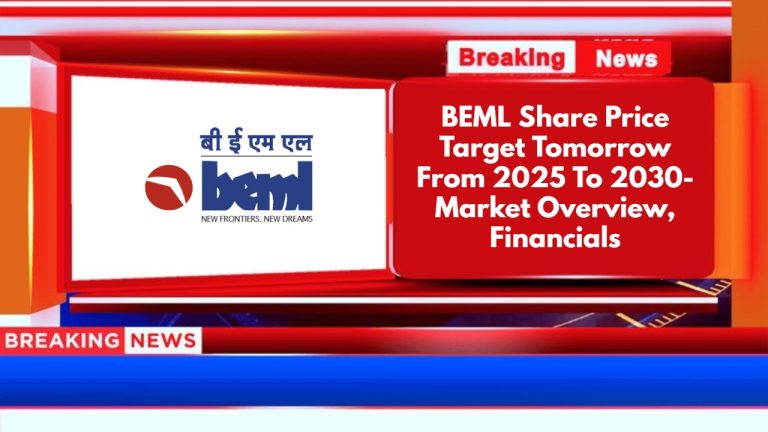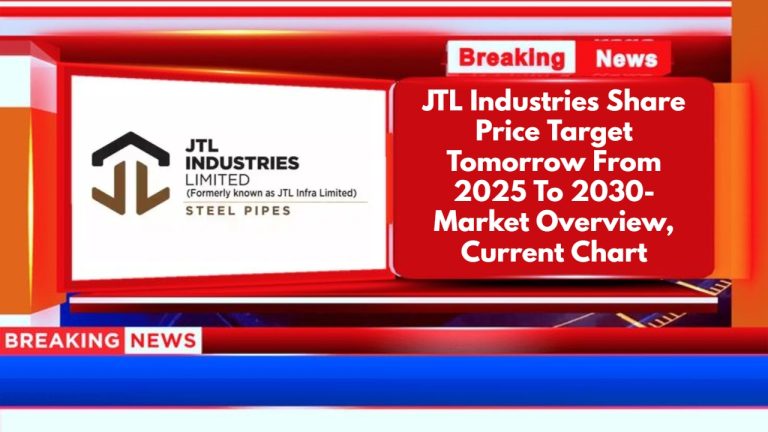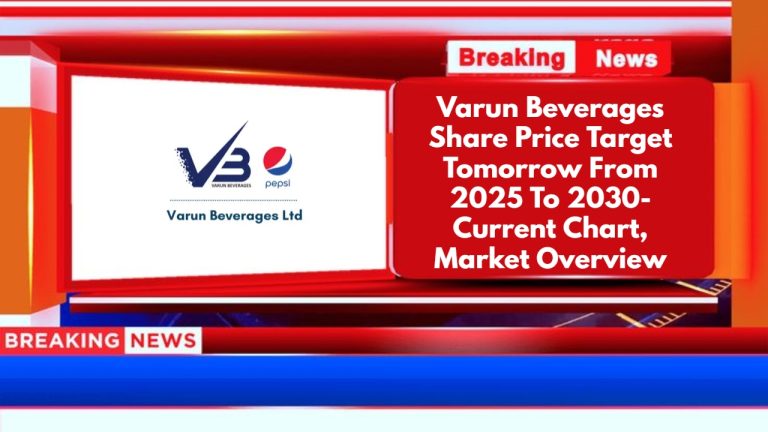Tata Steel Share Price Target Tomorrow From 2025 To 2030- Market Overview, Current Chart
Tata Steel is one of India’s oldest and most trusted steel companies. It is a part of the well-known Tata Group and has been serving industries for over 100 years. The company makes high-quality steel used in buildings, cars, railways, and many other products that support everyday life. Tata Steel is known for its strong values, modern technology, and focus on sustainability. It is also expanding its reach globally with operations in countries like the UK and the Netherlands. Tata Steel Share Price on NSE as of 11 June 2025 is 155.65 INR. This article will provide more details on Tata Steel Share Price Target 2025, 2026 to 2030.
Tata Steel Ltd: Company Info
- CEO: T. V. Narendran (31 Oct 2017–)
- Founded: 26 August 1907, Jamshedpur
- Headquarters: Mumbai
- Number of employees: 1,15,788 (2025)
- Parent organization: Tata Group
- Revenue: 2.44 lakh crores INR (US$31 billion, 2023)
- Subsidiaries: Tata Steel Europe, Tata Steel BSL.
Tata Steel Share Price Chart
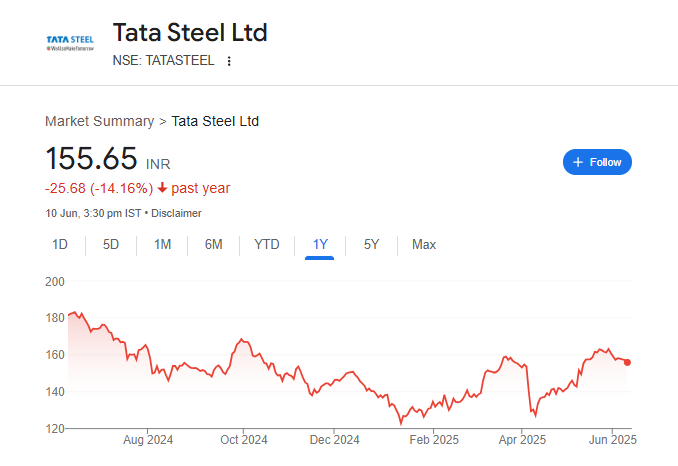
Tata Steel Share: Market Overview
- Open: 158.00
- High: 159.30
- Low: 155.50
- Mkt cap: 1.94LCr
- P/E ratio: 56.81
- Div yield: 2.31%
- 52-wk high: 184.60
- 52-wk low: 122.62
Tata Steel Share Price Target Tomorrow From 2025 To 2030
Here are the estimated share prices of Tata Steel for the upcoming years, based solely on market valuation, enterprise trends and professional predictions.
- 2025 – ₹190
- 2026 – ₹230
- 2027 – ₹270
- 2028 – ₹300
- 2029 – ₹340
- 2030 – ₹380
Tata Steel Share Price Target 2025
Tata Steel share price target 2025 Expected target could be between ₹185 to ₹190. Here are 7 key factors that could influence the growth of Tata Steel’s share price toward 2025:
-
Production Ramp‑Up in India
FY 2025 saw India crude steel output increase 5% to ~21.8 million tonnes, driven by the launch of a large blast furnace in Kalinganagar and higher output in plants like Neelachal. -
Strong Domestic Demand
Tata Steel’s deliveries in India rose ~4.4% YoY to 19.7 million tonnes, showing robust domestic infrastructure and automotive demand. -
Capex Expansion Plans
A ₹15,000 crore capex plan for FY26 (including ₹27,000 crore for expanding Kalinganagar capacity to 8 MT) signals long-term growth intent. -
Favorable Import Duty Measures
The proposed 12% safeguard import tax on steel imports would protect domestic producers, benefiting Tata Steel. -
European Business Stabilization
Profitability improved in the Netherlands and losses reduced in the UK, aided by cost-cutting and efficiency measures—reducing overall risk. -
Analyst Confidence & Valuation
Brokers expect revenue growth of 5–6% in FY26, supported by analyst upgrades and positive sentiment. -
Solid Q4 Results and Dividends
Q4 FY25 saw sequential revenue growth (~5%) and a healthy final dividend of ₹3.60, reflecting financial stability and shareholder focus.
Tata Steel Share Price Target 2030
Tata Steel share price target 2030 Expected target could be between ₹370 to ₹380. Here are 7 key risks and challenges that could affect Tata Steel’s share price by 2030:
-
Global Steel Price Volatility
International steel prices are highly sensitive to demand, trade policies, and raw material costs. A sharp decline in global prices can reduce Tata Steel’s margins. -
Raw Material Dependency
Tata Steel depends heavily on iron ore and coking coal. Price fluctuations or supply disruptions in these key raw materials can increase production costs significantly. -
Europe Business Pressure
The European operations, especially in the UK, continue to face profitability issues due to high energy costs, carbon taxes, and uncertain demand trends. -
Environmental Regulations
Growing pressure to reduce carbon emissions may lead to higher compliance costs. Transitioning to greener steel-making technologies will require heavy investments. -
High Debt Levels
Despite efforts to reduce debt, large capital expenditures for expansion and modernization may increase financial burden if returns are delayed or margins fall. -
Economic Slowdowns
Any slowdown in global or Indian economy, particularly in construction, auto, and infrastructure sectors, could reduce steel demand and affect revenue growth. -
Geopolitical and Trade Risks
Trade barriers, import/export duties, or political tensions with key markets (like China or the EU) could affect international operations and supply chains.
Shareholding Pattern For Tata Steel Share
| Held By | Mar 2025 |
| Promoters | 33.19% |
| Flls | 18.78% |
| Dlls | 24.67% |
| Public | 23.36% |
Tata Steel Financials
| (INR) | Mar 2025 | Y/Y change |
| Revenue | 2.19T | -4.64% |
| Operating expense | 997.13B | -4.13% |
| Net income | 34.21B | 177.08% |
| Net profit margin | 1.57 | 180.93% |
| Earnings per share | 11.73 | 22.50% |
| EBITDA | 239.65B | 12.57% |
| Effective tax rate | 62.27% | — |
Read Also:- PG Electroplast Share Price Target Tomorrow From 2025 To 2030- Current Chart, Financials


